35mmc started out with an emphasis on compact film cameras. Over time, it’s grown, and so have the cameras featured on it. The subject of this article is a splendid bear of a camera: the Fuji GW690II rangefinder, also known as the Texas Leica. It has a similar morphology to a Leica rangefinder, except it is, well, really big. The name is most appropriate. As you know, everything in Texas is larger: the vast open spaces across which you must drive, the enormous pickup trucks with dual rear wheels, the oil pumped from the Permian Basin, the out-sized personalities like President Lyndon Johnson, the magnificent mansions in the River Oaks section of Houston, and the credit card bills of the ladies who occupy said mansions.
I usually do not photograph magnificent mansions, unless they are falling apart. My favorite photographic topic is urban (or rural) decay, and the big Fuji, with its large film area, is perfect for recording textures and details of old houses, gloomy factories, and decayed hospitals. Mississippi and the surrounding states have a wealth of subject matter. I will show examples of an old cotton compress in Vicksburg, Mississippi below.
Notes on the Fuji Rangefinders
Fuji’s original medium format cameras using 120/220 film were the Fujica G690 and GL690 from the late-1960s and mid-1970s. These had interchangeable lenses, and examples in good condition are highly coveted now. They provided a generous 6×9 negative area (actually, about 55×82mm). The GW690 Professional followed in 1978. This differed from the earlier models by having a fixed 90mm ƒ/3.5 lens. The GSW690 Professional had the same body but was equipped with a wide-angle 65mm ƒ/5.6 lens.
In 1985, Fuji made minor revisions and introduced the GW690II, GSW690II, and GW670II. My Texas Leica is the GW690II, which I bought new in 1991.
In 1992, Fuji introduced version III in sizes 6×7, 6×8, and 6×9. It is confusing to keep them all straight, but all are excellent picture machines; choose the negative size you want and look for an example in good condition. The leaf shutter is in the lens, and all controls are in the lens. On mine, the filter size is 67mm.
The GW690II camera is a handful. The rangefinder is not as contrasty as one in a Leica, but the Fuji one works well. The body does not have the über-precise meticulous craftsmanship feel of a Rolleiflex or a Hasselblad, but the optical results from the 90mm ƒ/3.5 EBC Fujinon lens are stunning. It is a five-element design with four groups, all multi-coated. The film moves flat across the film gate and may lie flatter than in the Rolleiflex or Hasselblad. With the 690, you get 8 exposures on a roll of 120 film. When 220 film was in production, a roll would yield 16 exposures.
The main feature I miss in the GW690II is a self-timer. Because I often take pictures in old factories or buildings, I like to place the camera on a shelf or platform for a long exposure. But the lack of a timer means I need a cable release to avoid vibrating the camera. The older Rolleiflex is more handy in this respect.
The classic Panatomic-X Film
My favorite black and white film is the long-discontinued Panatomic-X. Eastman Kodak Company introduced Panatomic-X in 1933 and discontinued it in 1987. The film had been reformulated during its five-decade existence, so my late production was likely different than the original. It was designed to be an extremely fine grain film, which meant it could be enlarged for large prints and still retain details. This was of value to architectural, fine-art, and aerial photographers. Some 9-inch aerial photography film was a version of Panatomic-X. The version I have in 120 size was rated at ISO 32, but I shoot it at 20 and develop it in Rodinal at 1:50 dilution. Agfa’s Rodinal was a developer that retained the grain structure and therefore looks “sharp” (i.e., it does not have solvent action to partly dissolve the edges of the grain clumps). Used with good lenses and careful technique (that means a tripod), the detail in a Panatomic-X negative is astonishing, even in this age of high-megapixel digital cameras.
My stock of Panatomic-X expired in 1989, but the rolls have been in the freezer and seem to be perfect. Unfortunately, only 15 rolls are left. Eventually, all good things come to an end. And honestly, Kodak TMax 100 or Ilford Delta 100 seem almost as fine grained and will be a suitable replacement.
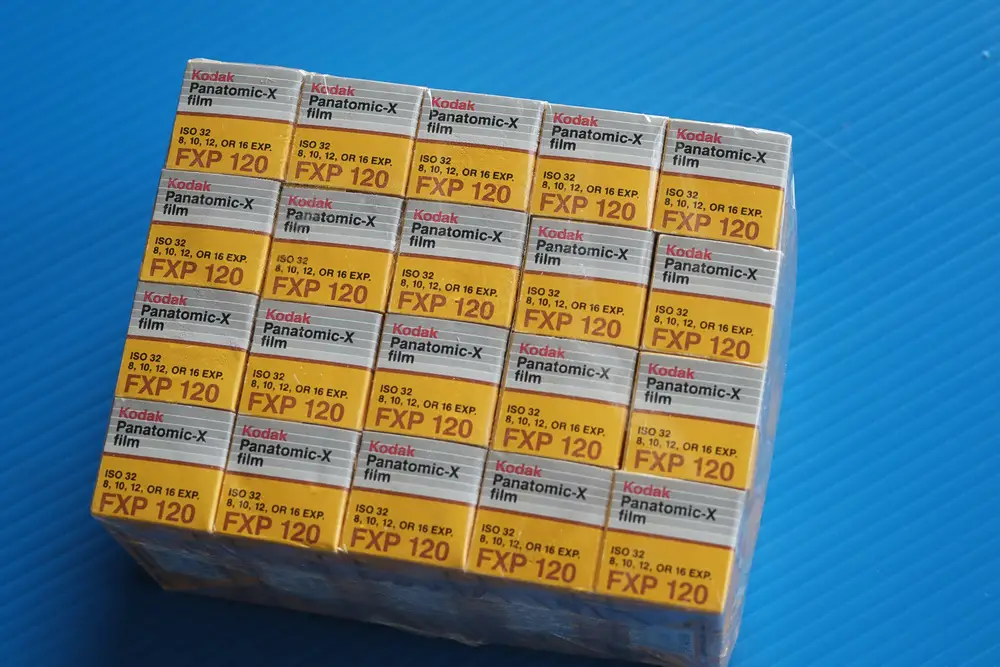
The Vicksburg Cotton Compress
A cotton compress was a facility that compressed raw cotton into dense bales. Early compress facilities were steam-powered and were active in Autumn, when the cotton was being harvested. Decades ago, compresses were found throughout the US South when cotton was king. The cotton bales were transported away by rail or by steamboat. When I visited Łódź, Poland, a major textile and industrial center in the 1800s and early 1900s, I was surprised to learn that much of their raw cotton had once come from the USA South. I assume cotton bales from compresses in towns like Vicksburg were shipped down the Mississippi River and then transferred to ocean-going vessels in Baton Rouge or New Orleans.
In recent years, cotton production in Mississippi has greatly reduced and has been replaced with corn (for ethanol) or soybeans (export to China). The Vicksburg compress at 2400 Levee Street was in business through the late 1990s or early 2000s. I wish I had asked the operators if I could take photographs when it was in action. The historic brick buildings, which date back to the mid-1800s, now are almost completely gone. Around 2010-2011, a company bought the buildings and removed the vintage bricks for use somewhere else. Newer steel sheds are still standing but abandoned. There is no obvious action to reuse them.
I took the Panatomic-X photographs in this article on a cold, gloomy day in late December of 2010. In my usual clumsy way, I forgot to develop the film until recently. All exposures were in the range of ½ to several seconds, all tripod-mounted. I scanned the negatives with a Minolta Scan Multi medium format film scanner, operated with SilverFast Ai software.
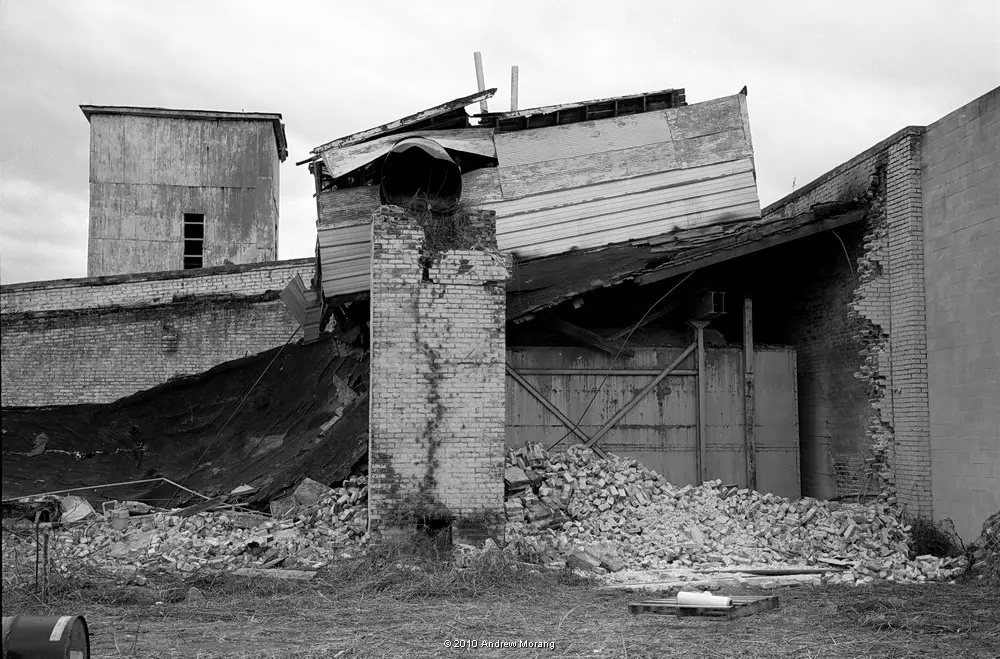
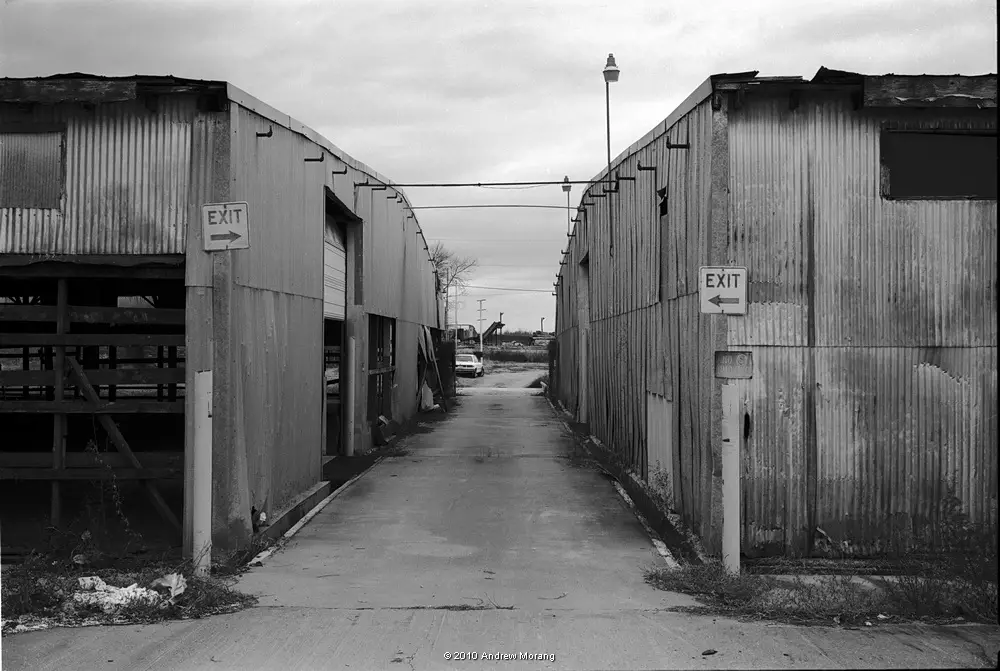
I especially the textures and shapes of tool shops and parts bins. This urban decay at its best.
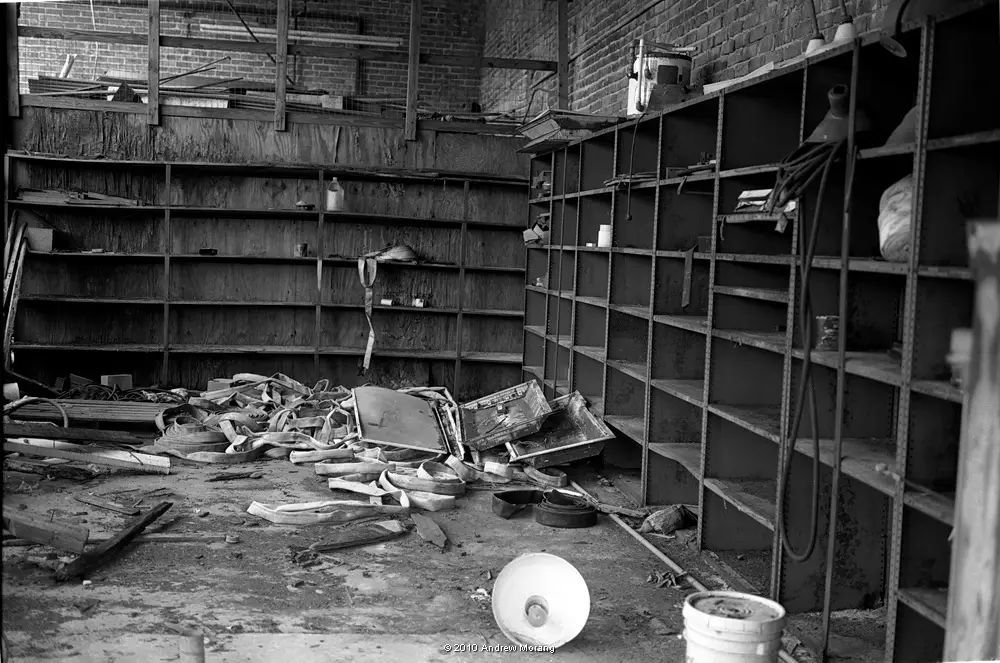
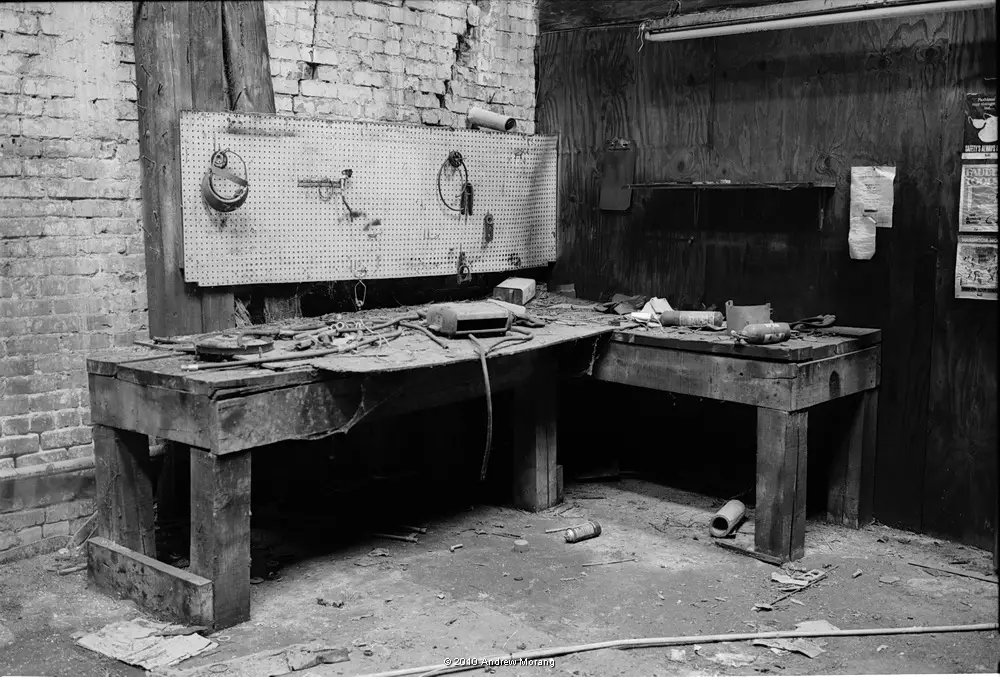
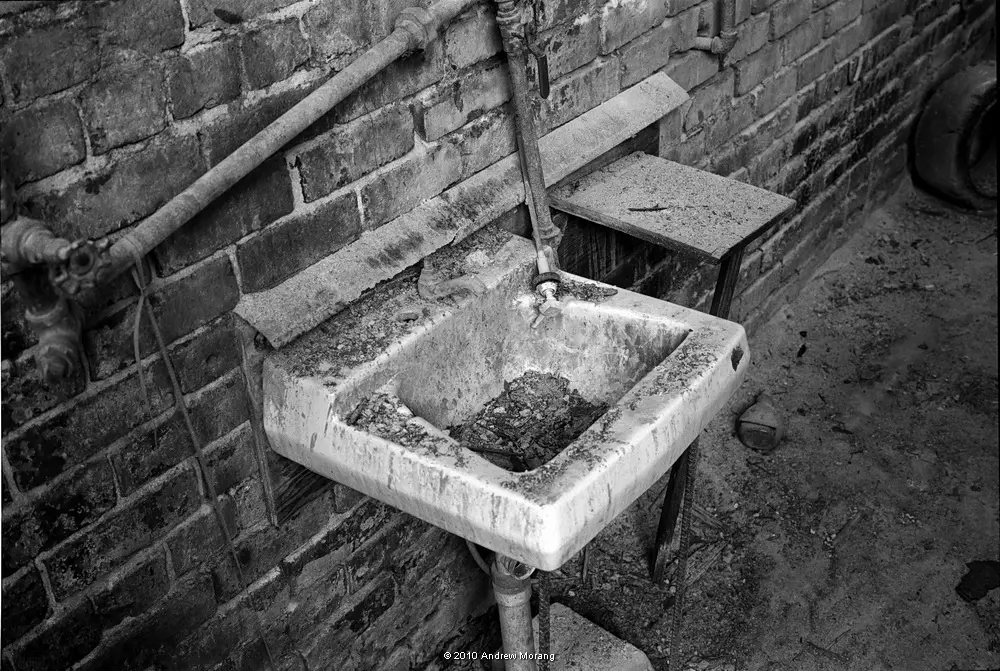
The massive timbers were probably old-growth pine or cypress. I hope they were recycled and not just burned or dumped in landfill. Wood like this is no longer available unless it is from an older building.
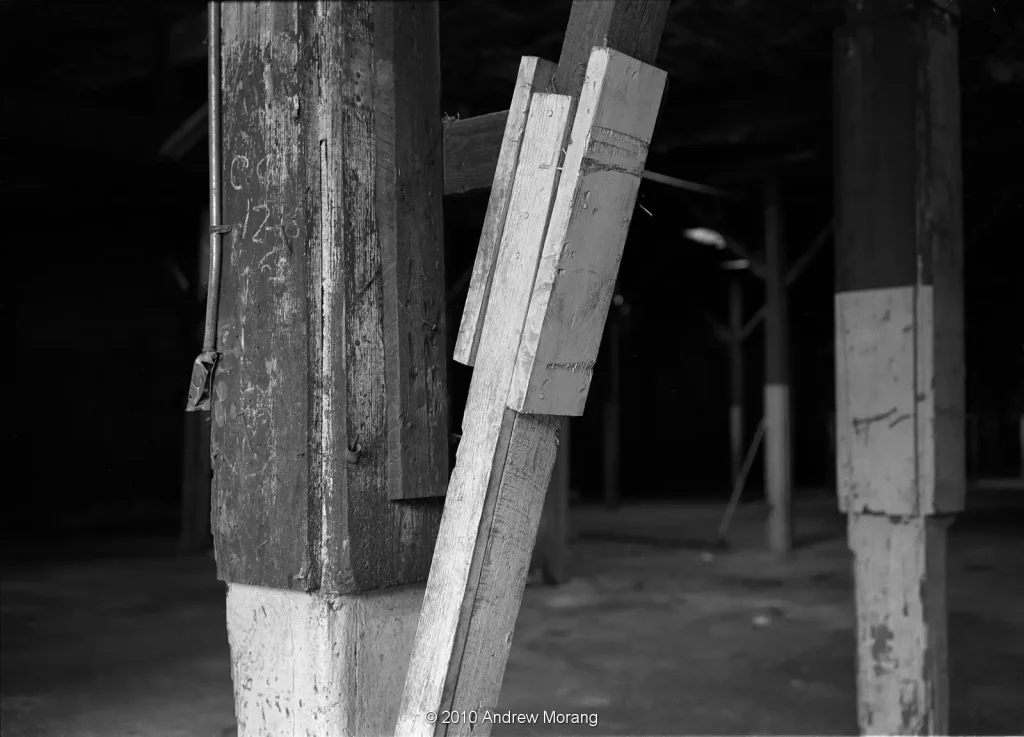
This mechanical press did the pressing work. I do not know if it was steam or hydraulic-powered.
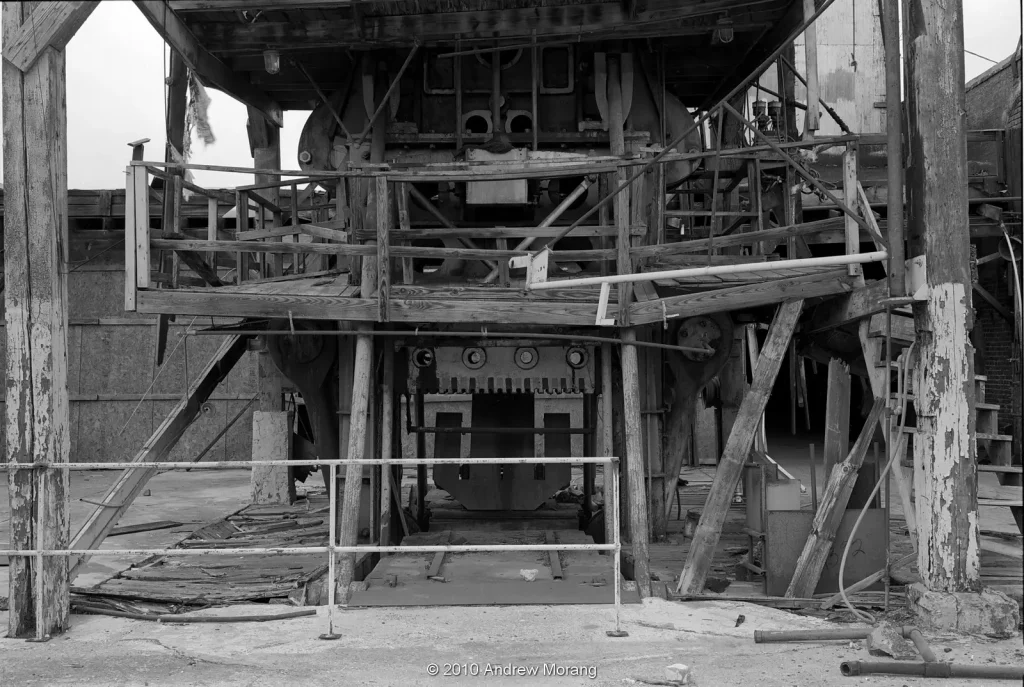
The following postcard from Mississippi Department of Archives and History shows bales of cotton on a rail car. I assume these were the output from the Levee Street compress. Date not specified.
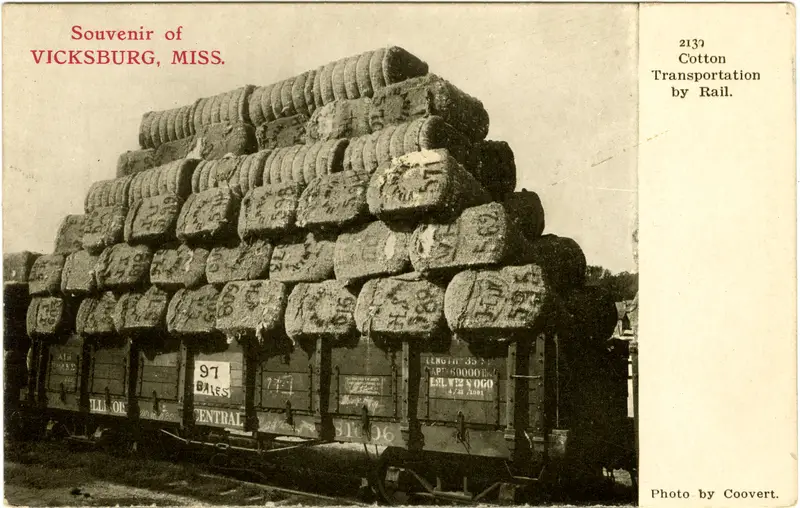
Thank you for looking at my pictures. For more examples of urban decay, please see: https://worldofdecay.blogspot.com.
For some photographs of Mississippi taken on Ektar 25 film, please see this post
Share this post:
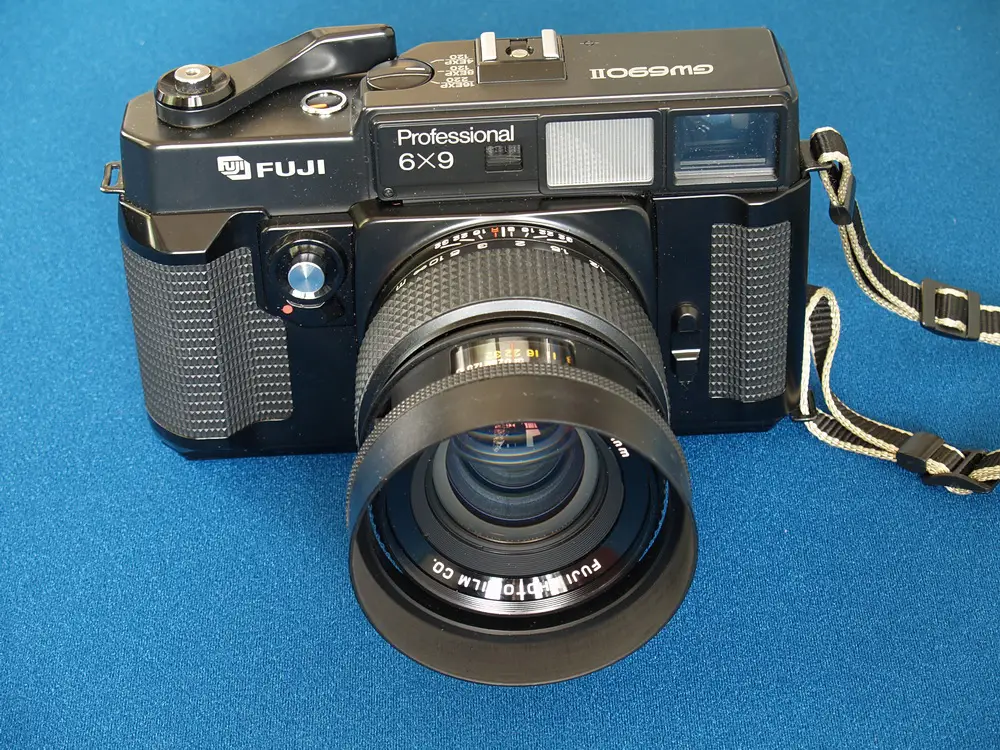



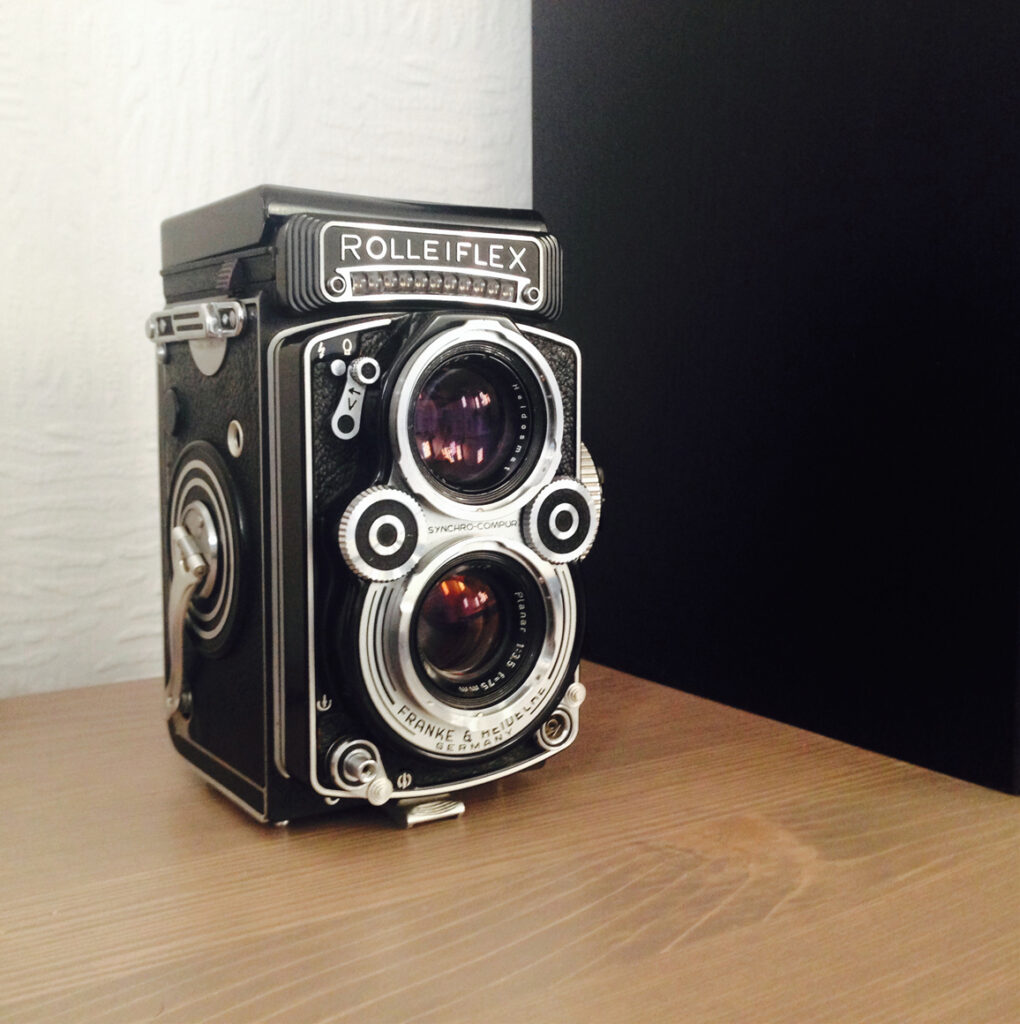




Comments
Terry B on Fuji GW690II – Urban Decay in Vicksburg, Mississippi, with the Texas Leica – By Andrew Morang
Comment posted: 25/10/2018
If the lack of a self-timer is a real concern for you, have you thought of something like the clockwork Haka Autoknips II, which connects to the cable release bush in the shutter release button? Not only does this model act as a self-timer, but also provides a range of slow shutter speeds. This latter function operates using the "B" setting, so may not work in "T" mode. There are other versions which only operate as self-timers if you can't utilise the variable shutter function.
I don't know how the two films compare, but Ilford's Pan F is still a current film, in the UK at least, and is available in 120.
Comment posted: 25/10/2018
Daniel Castelli on Fuji GW690II – Urban Decay in Vicksburg, Mississippi, with the Texas Leica – By Andrew Morang
Comment posted: 25/10/2018
Kodachromeguy on Fuji GW690II – Urban Decay in Vicksburg, Mississippi, with the Texas Leica – By Andrew Morang
Comment posted: 25/10/2018
220mya on Fuji GW690II – Urban Decay in Vicksburg, Mississippi, with the Texas Leica – By Andrew Morang
Comment posted: 27/10/2018
Comment posted: 27/10/2018
Daniel Morris on Fuji GW690II – Urban Decay in Vicksburg, Mississippi, with the Texas Leica – By Andrew Morang
Comment posted: 11/12/2018
http://dantestella.com/technical/gsw690iii-res.html
I really like your shot of the cotton press.
In Praise of Kodak Tri-X; Five Decades and Counting - by Andrew Morang - 35mmc on Fuji GW690II – Urban Decay in Vicksburg, Mississippi, with the Texas Leica – By Andrew Morang
Comment posted: 11/05/2020
KC on Fuji GW690II – Urban Decay in Vicksburg, Mississippi, with the Texas Leica – By Andrew Morang
Comment posted: 21/05/2020
Comment posted: 21/05/2020
Comment posted: 21/05/2020
Michael Jardeen on Fuji GW690II – Urban Decay in Vicksburg, Mississippi, with the Texas Leica – By Andrew Morang
Comment posted: 15/12/2020
Comment posted: 15/12/2020
Steve Fretz on Fuji GW690II – Urban Decay in Vicksburg, Mississippi, with the Texas Leica – By Andrew Morang
Comment posted: 09/10/2022